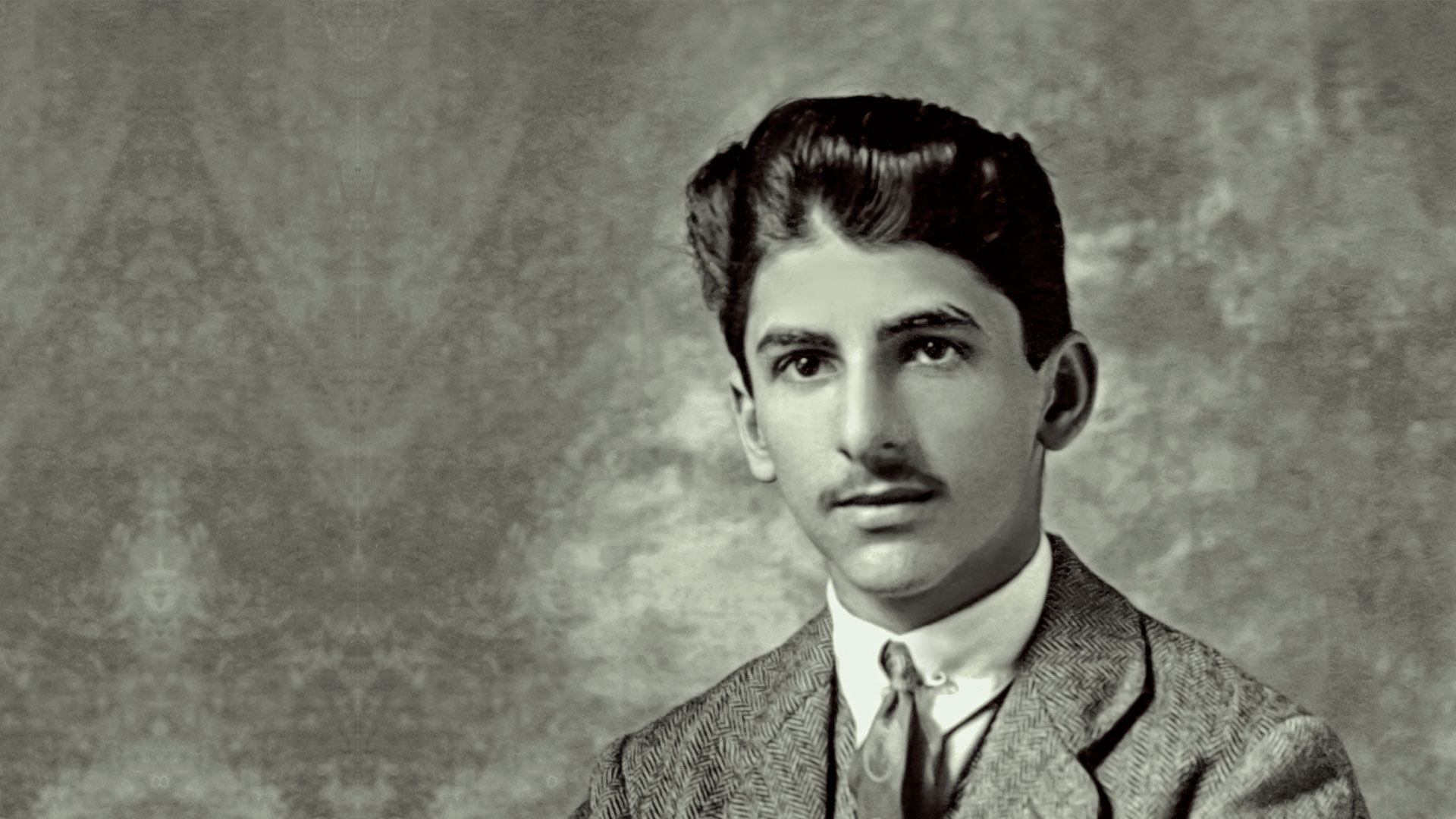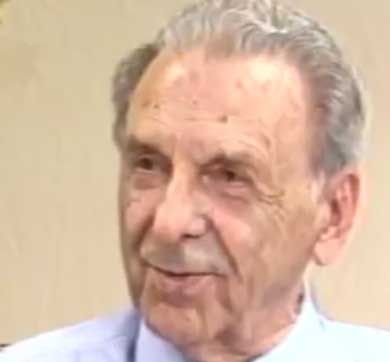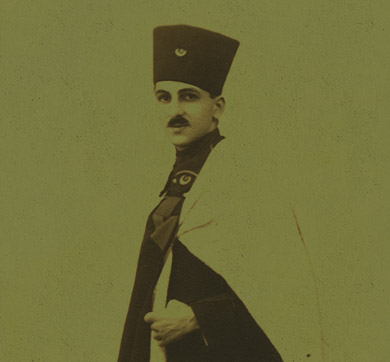July 2025 | 690 words | 2-minute read
Some are born great, some achieve greatness, and some have greatness thrust upon them,” wrote Shakespeare in Twelfth Night. JRD is that rare man of whom all three could be said to be true. He was born into a family of great pedigree, achieved greatness of his own accord, and was equally thrust into positions that tested his mettle, never once found wanting by any measure.
The 1920s were a period of upheaval around the world, a demise of old foundations and the creation of new ones, particularly in Europe. It would be so in the household of Ratanji Dadabhoy (RD) Tata, a cousin of founder Jamsetji Tata. In JRD’s own words, RD Tata was enterprising and hardworking, and this impressed Jamsetji. He became one of the founders of Tata Sons, the others being Jamsetji and his sons Sir Dorabji Tata and Sir Ratan Tata.
As the first male child of RD Tata, JRD was expected to inherit his father’s position in the firm. This would be a constant in his early life, despite residing in Europe, Japan and India all through his childhood and youth. As a teenager, he would accompany his father to Jamshedpur where he would witness at close quarters the functioning of the Tata Steel plant and partake in discussions with directors and leaders there.
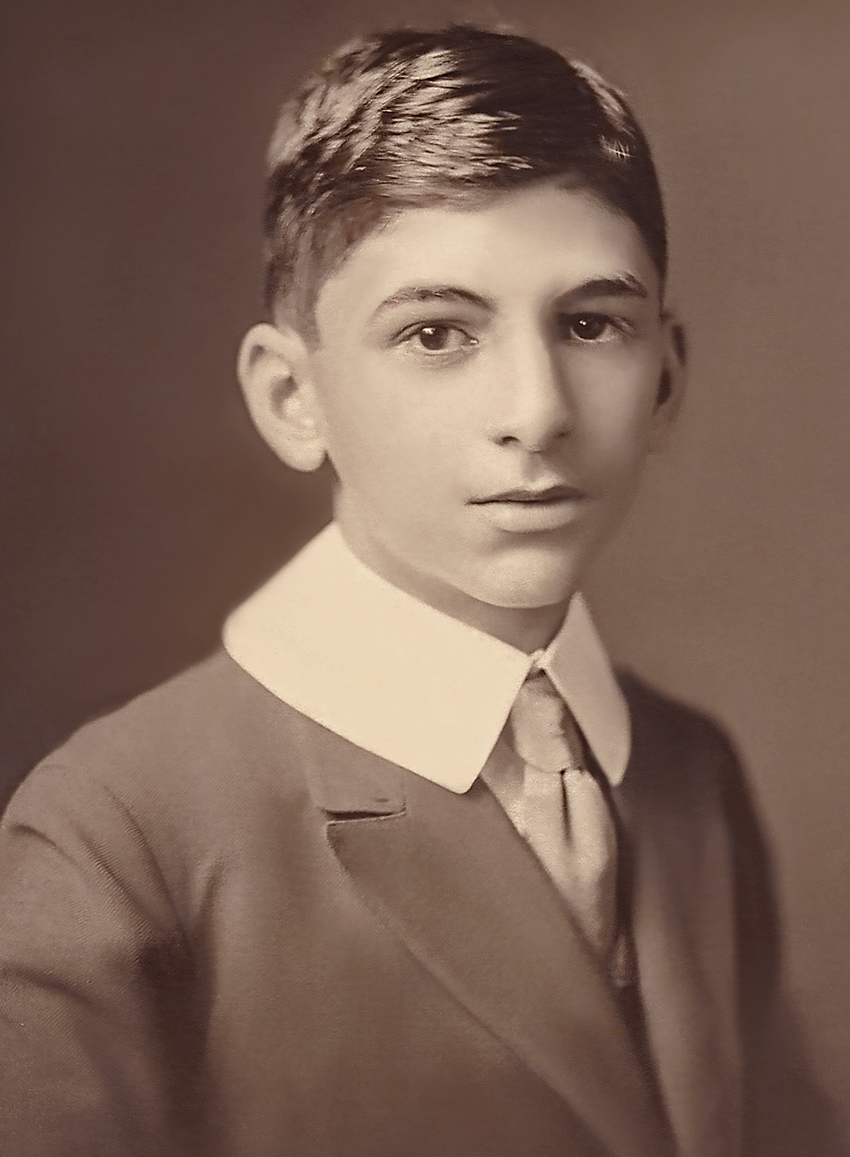
The post-war years were a trial for RD Tata, both in terms of business and family. He had absorbed himself with saving Tata Steel and Tata Industrial Bank along with Dorabji. At home, his wife Sooni Tata’s indifferent health on account of tuberculosis contracted while volunteering at a hospital for the wounded during WWI, forced the family to be in France while he shuttled between India and Europe. For Sooni’s health, he bought a house in Hardelot, a beach-side commune in northern France. This would shape JRD’s interests later in life; their neighbours were the family of Louis Blériot, the aviator who accomplished the first aerial crossing of the English Channel.
During this time, the young JRD completed his schooling after which he was meant to read for an engineering degree at Cambridge. He was sent to a ‘crammer’ in Suffolk, England, to brush up on his English and prepare for the university entrance examinations but fate ordained otherwise. He had to return to France to be with his ailing mother and siblings since his father had to spend considerable time in India for business. He would be at his mother’s side when she passed away in 1923 at the age of 43.
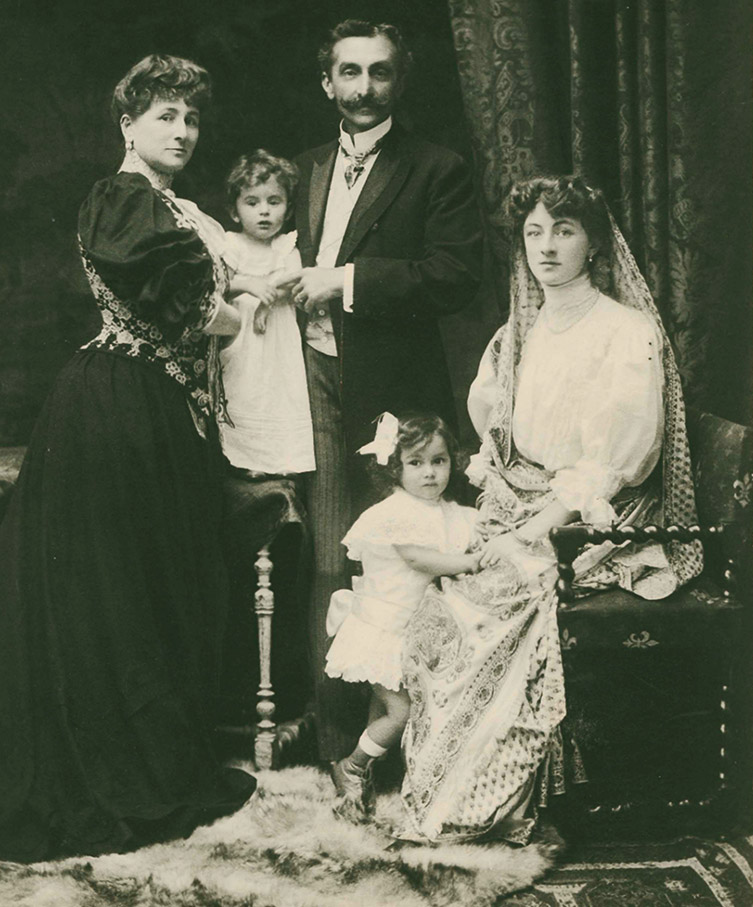
JRD then hoped to return to his studies at Cambridge, but his father wanted him to return to India to take a more active role in the group. Again, fate had other things in store — this time in the shape of a French legislation that made military service mandatory for young men. JRD, a French citizen, joined the cavalry hoping to learn horse-riding, to enable his dreams of pursuing polo. That dream would come to nought, as the regiment he was assigned to, Le Spahis, rode Arab horses with saddles that were a far cry from the standard European saddle used by polo players.
Towards the end of his conscription, JRD learnt that if he volunteered for an extension, he would get to see some action in war, and an opportunity for officer’s training which included cavalry training at one of the best equestrian colleges. However, when he consulted his father, recalled JRD, his father responded, “Certainly not. Don’t be a damn fool. Come back.” That refusal would save his life; soon after he departed for India, his squadron was ambushed and slaughtered down to the last man when it sailed to Morocco to fight a local rebel chief.
On returning to India in 1925, a 22-year-old JRD joined Tata Steel as an unpaid apprentice in December of that year, thus beginning his tenure at the Group which he would go on to transform with his boldness and vision.
- Haroon Bijli




